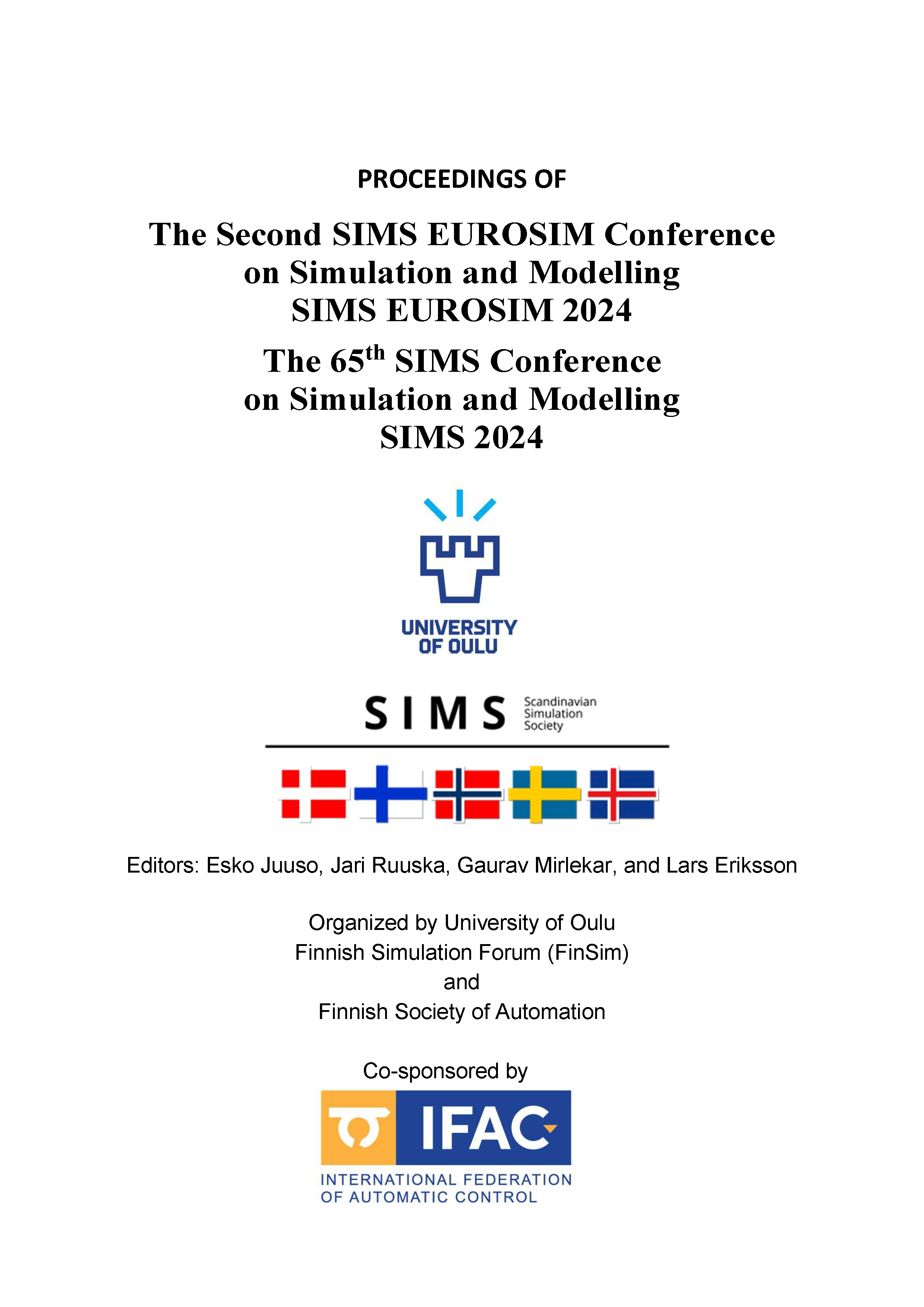Simulation of ammonia cracker process with Aspen HYSYS
DOI:
https://doi.org/10.3384/ecp212.011Keywords:
Ammonia cracking, hydrogen, Aspen HYSYS, Aspen Plus, simulation, energy optimizationAbstract
This paper presents simulations of an ammonia cracker process using Aspen HYSYS. Ammonia is identified as both a promising low-emission maritime fuel and an energy carrier. This study focuses on converting ammonia to hydrogen through an ammonia cracker process. In the literature, there are found simulations of similar processes, but not much about optimization of the ammonia cracker process. A centralized ammonia cracking process was designed using the Peng-Robinson fluid package and Gibbs reactor in Aspen HYSYS. Gibbs reactors were employed to simulate both the cracker and the furnace (ammonia combustion reaction). Simplified assumptions included using a 100 % efficient splitter instead of a pressure swing adsorber. The ammonia feed had a molar flow rate of 500 kmole/h. The simulations included a base case scenario and an improved case for energy optimization. The base case scenario resulted in a total production of 0.13 kg of hydrogen per kg of ammonia feed. The improved case resulted in a production of 0.14 kg hydrogen. This was due to using the energy content present in the hydrogen and nitrogen product streams for warming up the ammonia before entering the cracker. This work demonstrates that Aspen HYSYS is a useful tool for optimizing the energy efficiency of an ammonia cracker process.Downloads
Published
2025-01-13
Issue
Section
Papers
License
Copyright (c) 2025 Per Morten Hansen, Chinthaka Attanayake, Vahid Farrokhi, Mohsen Gholizadefalah, Ladan Samaei, Zahra Sanidanesh, Lars Erik Øi

This work is licensed under a Creative Commons Attribution 4.0 International License.

